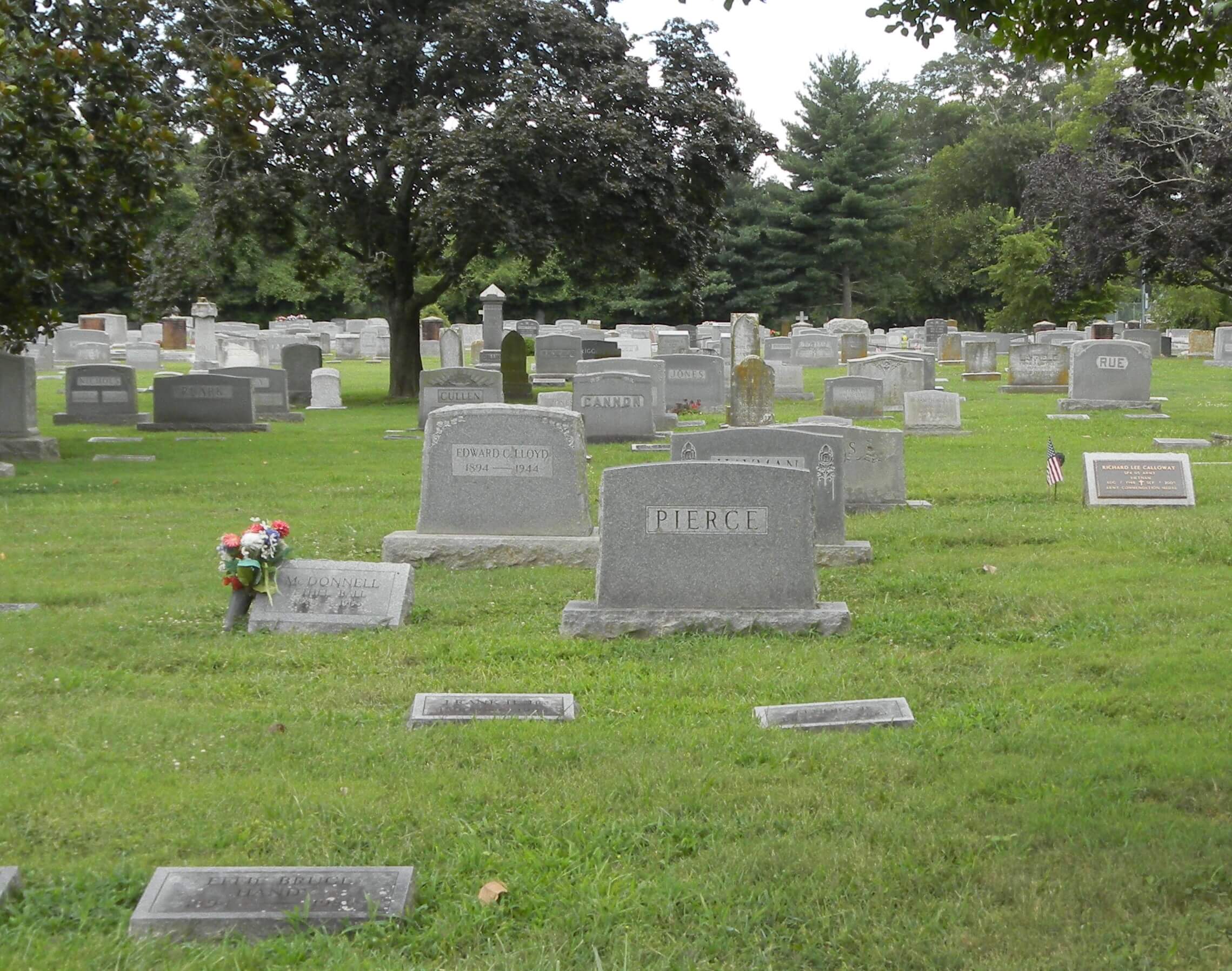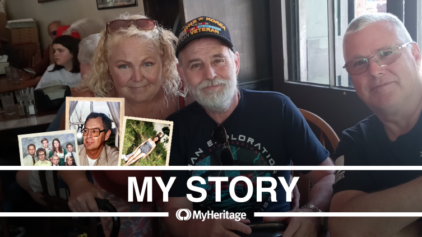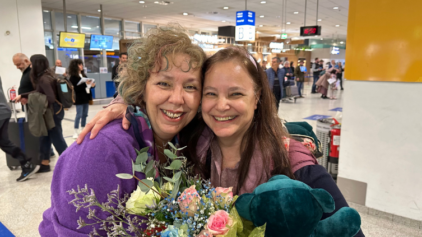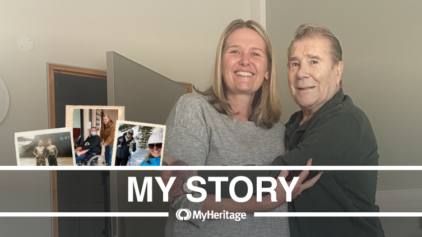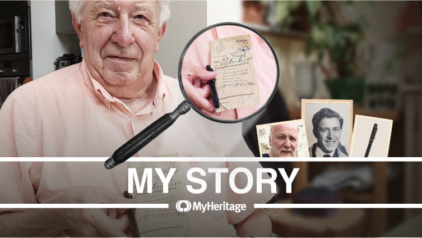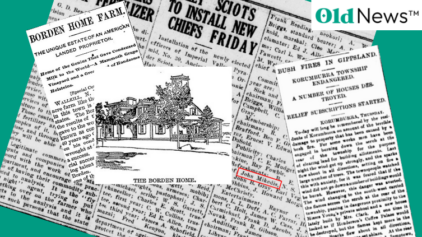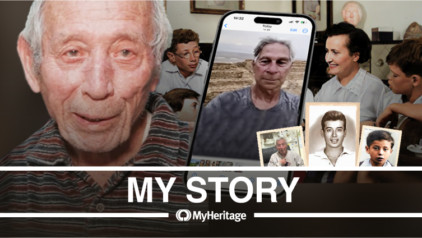Pure Gold: A First Cousin Match Helps Solve a 12 Year Mystery
- By Esther
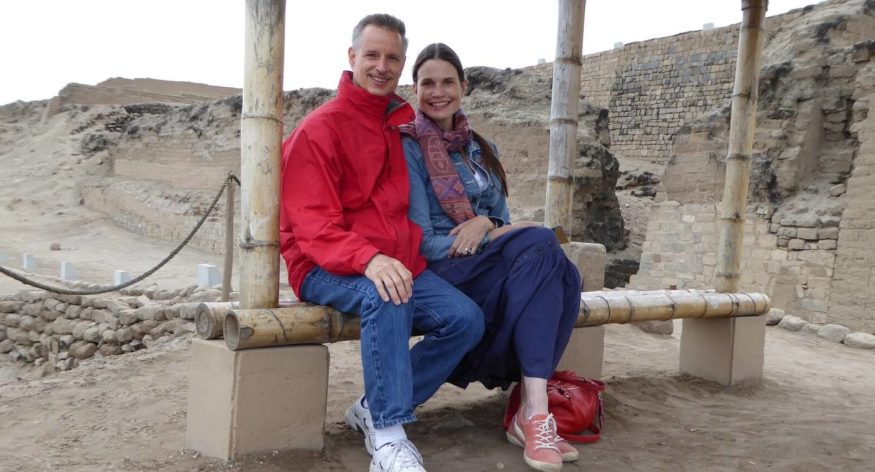

MyHeritage user Marie Rundquist from Silver Spring, Maryland has always been interested in her family history. Inspired by her late grandmother, who had a true passion for genealogy, Marie delved into her roots but only felt that she had a complete picture of her heritage after testing her DNA.
MyHeritage DNA led Marie to solve a twelve-year family history mystery, helping her place her late father’s ancestors in her family tree, and bringing to light her late father’s strong connection to Maryland’s Eastern Shore history through his mother’s family and learning about the once-hidden relations on his father’s side.
Marie, 59, currently divides her time between her homes in Gaithersburg, Maryland and Woodstock, Virginia. Marie grew up in a family where genealogy was the norm. Her late grandmother, late father, and mother were all involved in genealogy research. All of them, herself included, have written books and articles about family history — both for the family and for others. Her grandmother was a strong role model, being an esteemed genealogist and author of two family histories. She helped cultivate Marie’s love for family history:
“For my grandmother, family history was about more than who begat whom and she particularly enjoyed researching and documenting the dramatic family histories uncovered along with genealogical connections. My grandmother traveled to England, France, and Louisiana, and developed life-long friendships with those who shared her ancestry. She was and remains a role-model and during her lifetime gave me insights into family research that serve me to this day.”
Marie herself has authored and co-authored several published articles and three published books about genetic genealogy, European and Native intermarriage in the Americas, and the history of Acadian families in Nova Scotia and Louisiana.
Marie began her own journey into genetic genealogy by taking several autosomal DNA tests and a mitochondrial DNA test. She received some unexpected matches with many coming from formerly hidden family lines on her mother’s and father’s sides.
“Before having DNA tests, I was unaware of a deep family history outside of the stories I had heard at my family’s dinner table and had always wondered if I had the complete picture. To say I did not have a complete picture of my heritage prior to DNA testing would be an understatement.”
The most surprising finding that Marie made through DNA testing was of a direct, hidden, Acadian – Mi’kmaq (Native American) lineage that traced through her Louisiana ancestors all the way back to Nova Scotia. Marie had been aware of her French ancestry through her mother’s side, and her English ancestry from her father’s and mother’s side. Only after her DNA test yielded a Native haplogroup she had never heard of, she learned of her Nova Scotia Acadian and Native roots and the Acadian (Cajun) cousins that she has in Louisiana.
Almost as surprising to Marie was the discovery, learned through DNA testing, that the surname she was born with (Pierce) was not the actual surname of her father’s biological paternal ancestors (Bounds).
Having already tested with several companies, Marie was notified in an email that she could also transfer her existing autosomal DNA test results to MyHeritage. Her father’s previous DNA results appeared to point to a Bounds surname line, and she wanted to find out if there were any new autosomal DNA connections she could make which would explain her father’s relationship with a Bounds ancestor.
Marie joined MyHeritage, built her profile, and completed her online family tree, which includes thousands of members whose lines have roots in the Americas, the United States and Canada, the United Kingdom, France, and Germany, among other locations.
Not long after, Marie received several first cousin, once and twice removed DNA Matches on MyHeritage. There were many DNA matches for lines she hadn’t seen well-represented in other autosomal DNA companies’ results, namely those belonging to her father’s family, which she knew to be biologically related to an early Bounds paternal ancestor out of the Eastern Shore of Maryland.
In late 2017, Marie noticed a new DNA match in the list: a first cousin once removed, also described as a second cousin. Marie shared nearly 5% of her DNA (approximately 348 cM) with the match. A first cousin match of this degree is considered pure gold in the DNA genealogist community — and to her great surprise, she had received one on MyHeritage!
“It was nothing short of amazing! My heart pounded, and my fingers trembled as I clicked through common matches and other details, searching for a clue as to why I had such a close MyHeritage match.”
Her match’s profile was limited and offered little to explain the shared DNA match. Common matches were distantly related, and Marie didn’t recognize their surnames. So she searched the Internet using a combination of two surnames, Bounds and this new, MyHeritage match’s surname. She added a location, her father’s hometown, and hoped for a miracle.
Her search yielded fruit. Marie located an item published in an old, local newspaper about a Mrs. Bounds being ill and spending time with her married daughter, who happened to have the same surname as her match. Reading further, she discovered that the daughter’s full married name, referenced in the newspaper item, included the first and last name of her autosomal DNA match — as she was married to his FATHER! This was incredible luck!
Marie researched MyHeritage records and located the husband of the Mrs. Bounds mentioned in the newspaper. Based on the DNA first cousin once removed match, and published biographical records, she was able to verify that this same Mrs. Bounds and her husband would have been her father’s paternal grandparents. After a few additional searches, she was able to determine the probable name of her father’s biological father, a lifelong resident of the Eastern Shore of Maryland who had long since passed away. Marie’s father and his parents are all deceased, and her father appears to be his late biological father’s sole offspring.
“I only wish my mother and father were alive to hear about (and most likely debate) the new discoveries that have emerged since they had their tests.”
MyHeritage has brought Marie closer to her father’s side of the family and the Eastern Shore, Maryland towns his ancestors called home. The Pusey and Hayman surnames that surrounded her father’s marker at the Manokin Church have, as a result of MyHeritage DNA discoveries, found their way into her family’s growing family tree. MyHeritage also continues to validate her Acadian / Mi’kmaq family lines in Louisiana and Nova Scotia through new DNA matches that arrive.
It has been life-changing for Marie to discover so many new unknown and long-lost relatives. Since having her DNA tested and contacting her DNA Matches, she now travels frequently to Nova Scotia, Louisiana, and the Eastern Shore of Maryland to renew relationships with long-lost family members. She has attended cultural celebrations and hosted her newfound family in her home.
“My only regret is that I can’t be in multiple places at one time and visit with all of these new-found relatives more frequently. While we can’t do much about the distance that separates us, our genetic connections keep family links alive!”
Marie continues to find MyHeritage especially useful in finding matches significant to her father’s family. So many of the matches have been helpful in proving documented family lineages and adding new branches to her family tree. She enjoys using MyHeritage’s tools to further her research.
“I love the way MyHeritage anticipates my interests, “pushes” DNA matches, relevant records, and Smart Matches to me proactively, without digging! The Record Matches allow me to review and grow my connections proactively. As I’m frequently working on many different projects, the reminders that many share my same direct family lines, and have records that prove our genealogical connections, are appreciated and useful.”
She is also enjoying the new filtering options for DNA Matches, that were recently released:
“I’m impressed with how MyHeritage lets me filter matches based on ethnicity and other useful criteria and discover the common ethnic roots that link me and my matches. It’s proven invaluable in identifying new research leads. I can’t say enough good things about new filtering capacities that MyHeritage has introduced in this last release and find they have excellent utility for exploring family history.”
Marie’s experiences with DNA testing have changed her whole outlook on family history.
“New family DNA findings have certainly changed the scope of discussions we descendants have at Thanksgiving and other family gatherings. My own definition of “family” has broadened to include those I’ve found through DNA research. In my deep family history, we have the concept of “all my relations.” From all I’ve learned about my own connections to thousands of people through DNA matching, I conclude that this adage is entirely accurate.”
Marie’s best tips for family historians that are just starting out is to start by building a family tree to research DNA matches that includes 5-6 generations of direct ancestors through the maternal and paternal lines if possible (you don’t need to go back to the beginning of time). Research genealogical records and find images of biographical information (birth, marriage, and death certificates) and census reports that verify your family tree entries. Review the trees and other biographical information provided in your matches’ profiles. Research those matches whose DNA you share and search for common ancestors and surnames. Ask siblings, parents (and grandparents if available!) to have DNA tests as their matches will provide strong leads for research. When searching, make sure to include family locations that correlate with those in your family tree. The main thing is to be open-minded to all possibilities, be patient, and have fun!
For Marie, the discovery of her father’s roots is just the beginning:
“I view DNA testing for genealogy as a salvage mission: a way to locate lost family members and restore them to their rightful positions in family trees, for myself and for others. This endeavor and related research will consume the rest of my life.”


